Our Team
Faculty Mentors

Dr. Brian Bothner|he/his |
Chemistry & Biochemistry |
|
Research in the Bothner lab has two main focuses: |
Potential Projects |
| Life on the rocks- uptake and trafficking of iron and sulfur in methane-producing microbes. |
| Structure and dynamics of enzymes responsible for carbon fixaton and electron transport in anoxic conditions. |
| Metabolic changes associated with transitions between aerobic to anaerobic enviornments. |
bothner@montana.edu |
Bothner Lab Website |
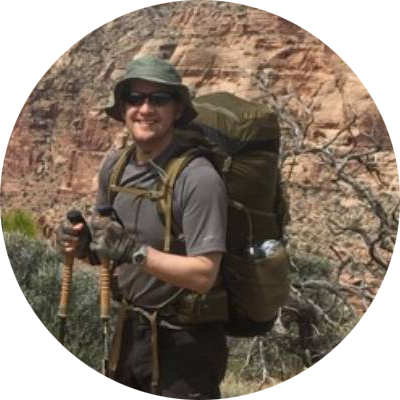
Dr. Ross Carlson|he/his |
Chemical & Biological Engineering |
|
The Carlson group is a biochemical engineering group studying a range of microbial systems including medical infections, biofuel production, and environmental nutrient cycling. Our research combines classic engineering concepts with applied microbiology. |
Potential Projects |
| Substrate preference of medical isolates as a function of antibiotic treatments. |
| Crossfeeding of metabolites in engineered consortia. |
| Fungal biofilms for food production. |
rossc@montana.edu |
Carlson Lab Website |

Dr. Danielle Ulrich| she/hers |
Ecology |
|
The Ulrich Plant Physiological Ecology Lab seeks to understand, predict, and mitigate how plants respond to and interact with their environments. We investigate the effect of environmental stressors like drought on the physiology of high-elevation five-needled pine trees. We quantify how plants use sunlight, carbon, and water to do photosynthesis, grow, and survive drought stress.
|
Potential Projects |
|
Compare the physiological responses (including growth, gas exchange, water relations, Carbon allocation, and drought resistance) of whitebark pine and limber pine to seasonal drought in the greenhouse and field. |
danielle.ulrich@montana.edu |
Ulrich Lab Website |

Dr. Matthew Fields |he/his |
Microbiology & Cell Biology |
|
The Fields research group uses a combination of physiology, biochemistry, genetics, and molecular biology to better understand microbiological relationships, from individual cells and small populations, to whole communities and ecosystems. Ultimately, improved insight into microbiological relationships will allow scientists to predict and model microbial communities, as well as understand how to design microbial communities and utilize them in a variety of natural and engineered systems. |
Potential Projects |
| Understand nitrate-reducing biofilms in low-pH environments and engineered systems. |
| Engineer biofilms using a novel 3D printing technique. |
| Elucidate the role of symbiotic bacterial communities in algal biofilms. |
matthew.fields@montana.edu |
Faculty Page |
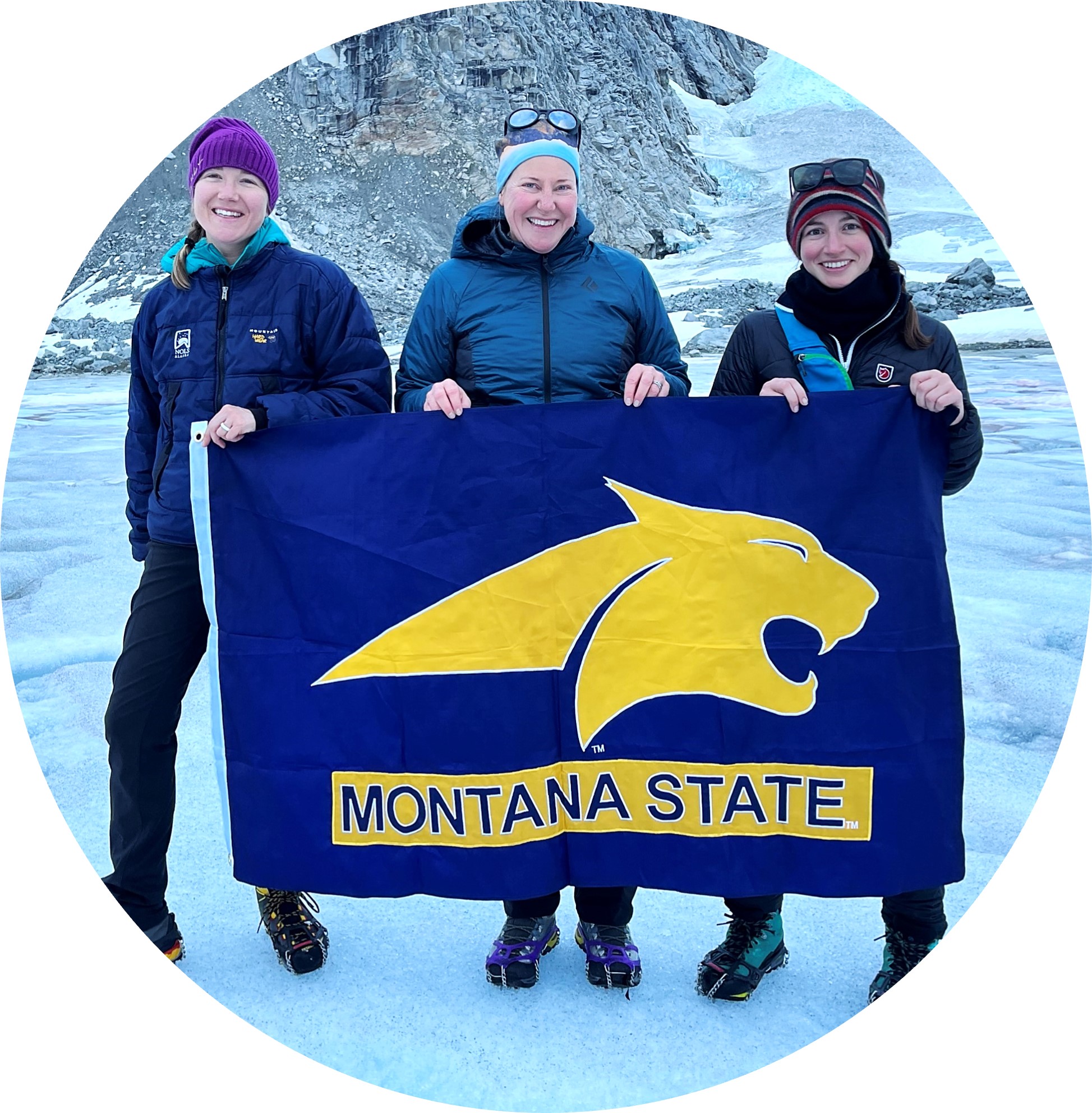
Dr. Christine Foreman |she/hers |
Chemical & Biological Engineering |
|
Our research group is interdisciplinary in nature, including biologists, chemists, and engineers with the common goal of exploring microbial survival and material transformations in icy ecosystems. We use a combination of field and laboratory studies, as well as approaches ranging from the single-cell to the community level to investigate the ecology, physiology, and evolution extreme-loving microorganisms (i.e. extremophiles) in icy systems. Additionally, we are interested in the adaptations of organisms in extreme environments, as extremophiles are natural resources for the discovery of pigments, biosurfactants, novel enzymes and other bioactive compounds of industrial relevance. |
Potential Projects |
|
Image and analyze biofilms from icy environments to understand microbial persistence and survival. |
| Investigate microbial sensing and biofilm attachment using THUNDER microscopy. |
| Modifications to extremophilic microbes in cold temperature conditions. |
cforeman@montana.edu |
Foreman Lab Website |
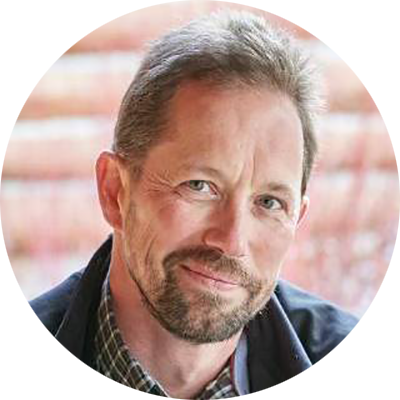
Dr. Robin Gerlach |he/his |
Chemical & Biological Engineering |
|
By tapping into the seemingly endless potential of microbes and biofilms to promote chemical reactions, we create solutions for societal problems, including global carbon emissions, sustainable energy production, novel biomaterials. Our research group currently focuses on the development of biology- and geology-inspired approaches for construction, material development, environmental remediation and medicine, as well as the development of technologies for producing algal biofuels and bioproducts through the use of extremophilic algae. |
Potential Projects |
| Grow and characterize bio-cement producing biofilms to create novel materials and adhesives. |
| Screen biofilm samples from Yellowstone National Park and other extreme environments for biocement production capabilities, water and vapor treatment at extremes of pH and temperature. |
|
Grow and characterize bacteria and/or archaea closely associated with algae at high pH values and high inorganic carbon concentrations (alkalinity). |
|
Use biofilms to clean water and/or vapors. |
|
Investigate the role of infectious biofilms and urine chemistry on the growth of urinary tract stones. |
robin_g@montana.edu |
Faculty Page |
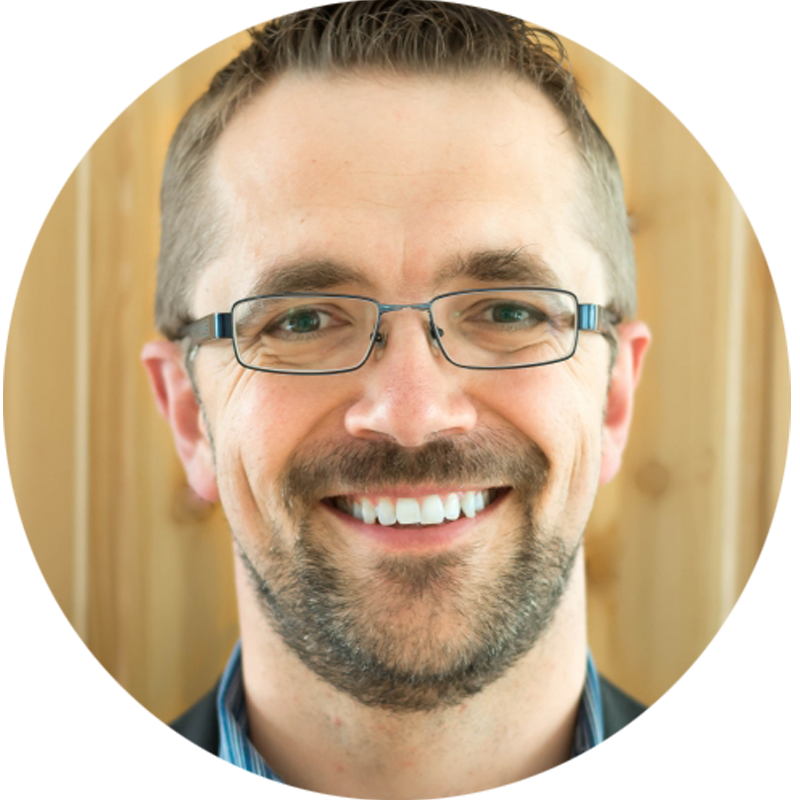
Dr. Stephan Warnat |he/his |
Mechanical and Industrial Engineering |
|
The Warnat research group creates microsensor systems that measure biological, chemical, and physical properties in harsh environments. These sensors can be integrated into microfluidic environments, allowing measurements of ultra-small volumes and visualization of biological processes. Our ongoing research examines how these sensors can be integrated into various biofilm-forming environments to detect biofilm attachment and provide feedback on problematic biofilms. |
Potential Projects |
|
Microsensors are one potential solution to monitoring biofilm formation in environmental settings, such as rivers or water wells. These small devices can be strategically placed to measure biofilm growth in real-time and provide valuable insights into the health of aquatic ecosystems. This project targets the development and testing of a sensor system to detect biofilms in Montana’s Clark Fork River. |
|
An electrical model for biofilm formation on micro-sensors requires temperature-calibrated biofilm growth measurements. The model should accurately predict the growth of biofilms, considering factors such as temperature, conductivity, and other variables. The project aims to enhance the understanding of biofilm growth on sensor surfaces by improving a COMSOL Multiphysics model. |
stephan.warnat@montana.edu |
Stephan Warnat Faculty Page |
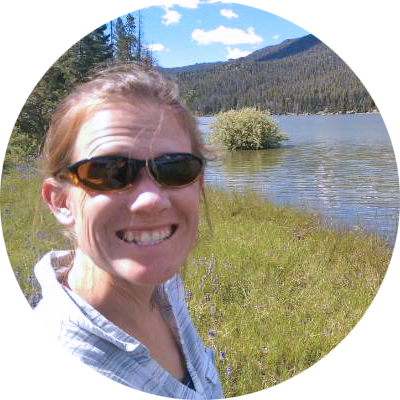
Dr. Ellen Lauchnor | she/hers |
Civil Engineering |
|
My research group works on strategies to improve water quality using microbes, both in environmental remediation and in wastewater treatment. For example, we study bacterial processes that can reduce heavy metal contamination in water, which can be present as a result of mining activities. Our research also extends into studying bacteria that remove certain contaminants from water during treatment of sewage. In particular, we’re interested in understanding bacterial processes in natural wastewater treatment systems, such as engineered wetlands. |
Potential Projects |
|
Develop and use assays for measuring nutrients in water and assessing performance of pilot-scale engineered wetlands for water treatment. |
|
Use laboratory-scale sand columns saturated with water under various operating conditions to analyze the behavior of water-borne contaminants found in agricultural wastewater, such as nutrients and antibiotics. |
Ellen Lauchnor Civil Engineering Faculty Page |

Dr. Brent Peyton |he/his |
Chemical & Biological Engineering |
|
My research is focused on characterizing microorganisms and biofilm processes in natural and engineered systems, including the discovery and growth of extremophilic microorganisms and the understanding of biofilms for NASA and space related biofilms. Some REU students that work in my lab group will characterize and grow thermophilic (heat loving) biofilms on plastics that may lead to potential strategies for renewable plastics from current wastes. My group is also interested in biofilms in space, such as biofilms on the International Space Station or the potential for biofilms on Mars. REU students might also have the opportunity to grow biofilms in a simulated Mars saline seep that has potential to harbor life in the short Mars “summer”. |
Potential Projects |
| Use biofilm microbes from Yellowstone hot springs to screen for organisms capable of growing on plastic wastes. |
| Grow and characterize multi-domain biofilms from military vehicle. |
bpeyton@montana.edu |
Peyton Lab Website |
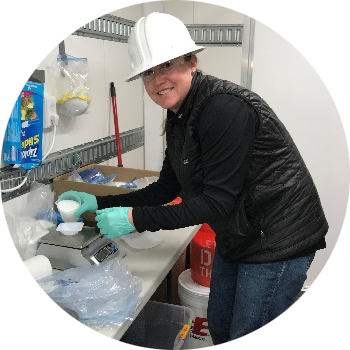
Dr. Adrienne Phillips| she/hers |
Civil Engineering |
|
Our research focuses on using bacterial biofilms for beneficial environmental engineering applications. Our team is inspired by nature’s ability to adapt to and thrive in extreme environments. Our current interests involve using biofilms to develop novel materials that can be used for construction and sustainable infrastructure (such as biological composites as alternatives to traditional cement and concrete) and environmental remediation in extreme environments such as the deep subsurface. |
Potential Projects |
| Explore the use of biofilms in subsurface applications to mitigate greenhouse gas emissions from leaking oil and gas wells. |
| Investigate the use of alternate biological grouting materials in cold temperature environments for frost heave mitigation. |
| Develop biofilm-based multi-functional building or infrastructure materials. |
adrienne.phillips@montana.edu |
Civil Engineering Faculty Page |
CBE Faculty Page |
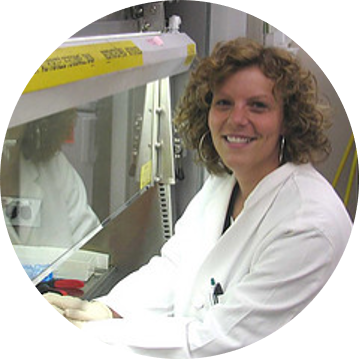
Dr. Kelly Kirker |she/hers |
Chemical & Biological Engineering |
|
The Medical Biofilm Laboratory (MBL) is a research and teaching laboratory that does custom biofilm laboratory testing for companies to evaluate medical devices and tissue samples for the presence of biofilms and to test biofilm control strategies. In vitro models that can be used to evaluate biofilm control/treatment methodologies are an important part of the work performed in the MBL. |
Potential Projects |
| Evaluation of medical devices, including antimicrobial wound dressings, wound washes, surgical lavages, catheters, and needleless connectors. |
| Development of single-species and polymicrobial in-vitro biofilm models including biofilm/cell culture models. |
| Testing of novel antibiofilm compounds and biomaterials. |
| Characterization of biofilms from human and animal specimens. |
kelly.kirker@montana.edu |
CBE Faculty Page |
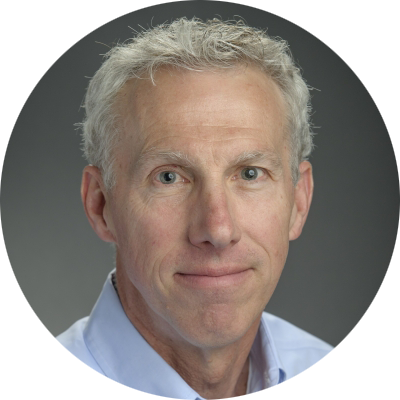
Dr. Phil Stewart |he/his |
Chemical & Biological Engineering |
|
Dr. Stewart’s research focuses on the control of detrimental microbial biofilms, multicellular aggregates of bacteria or fungi that form on wetted surfaces (e.g., dental plaque or slime on a kitchen sink strainer). A current target is biofouling that occurs in water systems of the International Space Station. The Stewart group is interested in the mechanisms that protect microbes in biofilms from disinfectants, antibiotics, and the innate immune system, allowing them to persist. The long-term practical goal of this work is to devise new strategies for improved control of biofilms in industrial settings and prevent infections on implanted medical devices. |
Potential Projects |
|
Dr. Stewart is not able to host an REU student in Summer 2025. |
phil_s@montana.edu |
Faculty Page |
Faculty Team Members
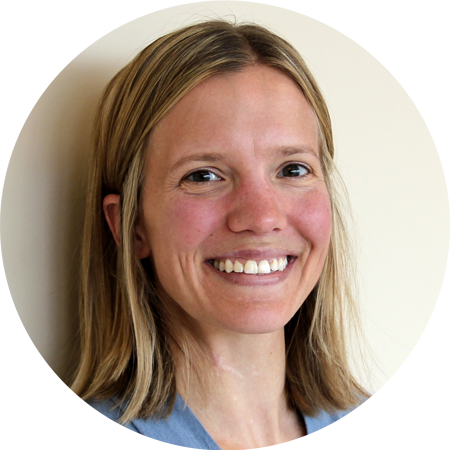
Dr. Dana Skorupa | she/hers |
Chemical & Biological Engineering |
REU Program Coordinator |
|
Dr. Dana Skorupa is an Assistant Research Professor of Chemical & Biological Engineering at MSU. Her research has focused on understanding microorganisms in extreme environments and developing microbiological solutions for environmental pollutants. A focal research goal aims to grow heat-loving microorganisms (called thermophiles) capable of degrading problematic plastic wastes. Current recycling practices (if available), often involve the use of high-temperatures and harsh chemicals. The use of thermostable enzymes resistant to commonly used detergents and solvents would enhance the range of biological enzymes in industrial recycling. To this end, Dr. Skorupa's work focuses on culturing thermophiles with desired functions and characterize their novel thermostable enzymes. |
|
|
